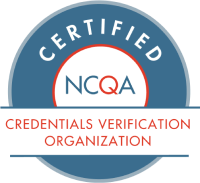Resources
Welcome to your go-to resource for insights on credentialing, network development, industry news, and product documentation

Featured One-Pagers
Dive deep into our latest initiatives and product updates in our featured one-pagers.
Don't see what you're looking for?
Get in touch with us and a member of our expert team can answer any questions you have!









